Why Subject Matter Alone Isn’t Enough
Learning how to develop a unique perspective painting flowers or landscapes can set your work apart in a genre saturated with beauty but often lacking originality. These classic subjects—beloved by artists across centuries—offer endless opportunities for interpretation, yet it’s easy to fall into tropes or overused compositions. The key to breaking free lies in connecting deeply with your subject, harnessing personal narrative, and making deliberate visual choices that reflect your artistic voice.
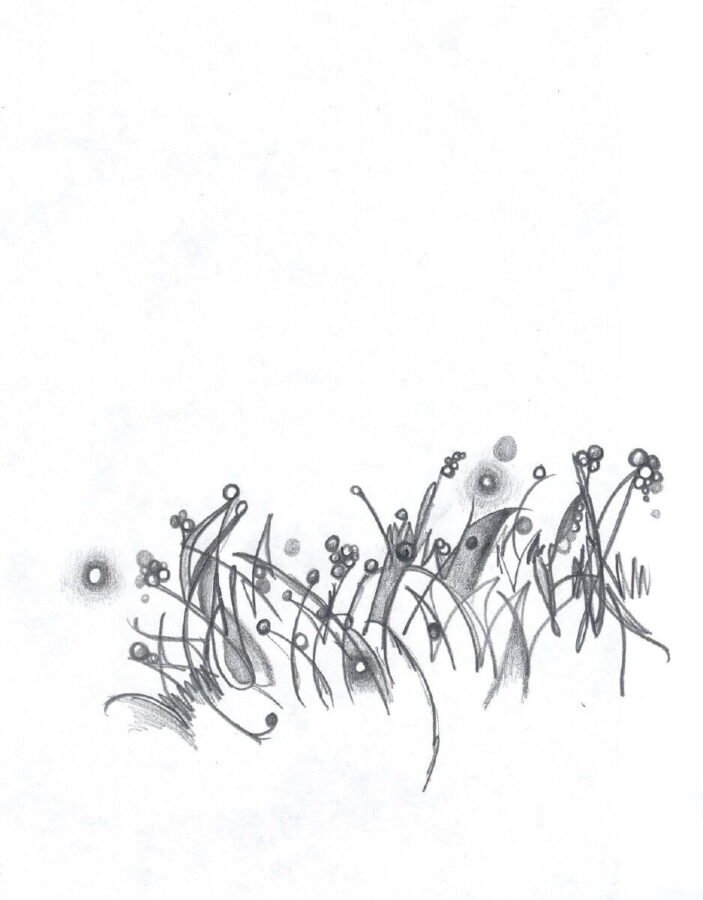
credit: DEEDOUBLEYOU
Let’s explore how you can approach common motifs like floral and landscape painting in ways that feel truly your own.
While nature and florals provide compelling inspiration, choosing them as subjects doesn’t automatically make your work stand out. What separates a memorable painting from a decorative one is perspective—the lens through which you interpret the subject. A unique point of view might come from emotional connection, unusual technique, striking composition, or bold color choices.
Your goal isn’t to reinvent nature, but to help your viewer see it in a way they haven’t before.
Study the Familiar to Paint the Unfamiliar
Before diverging from tradition, study it. Look closely at how other artists across styles and movements approached the same subject. You’ll start to see patterns—rules you can later break to express something fresh.
Pay attention to:
- Composition conventions in floral and plein-air painting
- Traditional and contemporary landscape formats
- The symbolism associated with flowers and natural elements
- Artists known for stylized or abstract nature paintings
Once you’ve internalized the visual vocabulary of your subject, you can begin rewriting it in your own terms.
Connect with Your Subject Matter Emotionally
Whether you’re painting a wild poppy field or a craggy shoreline, your perspective is most compelling when it’s emotionally invested. Why this subject? Why now?
Ask yourself:
- What memory or feeling does this place or flower evoke?
- Am I painting a scene I’ve visited, or one I’ve imagined?
- What story am I trying to tell?
This personal connection infuses your work with energy and intent, making it resonate with authenticity. Use keywords like emotional landscapes, expressive florals, and artistic interpretation of nature to help search engines and viewers understand your message.
Use Composition to Shift the Narrative
One of the easiest ways to transform a traditional subject is through composition. Rather than repeating familiar perspectives, try new vantage points:
- Close-up, macro-level views of petals or tree bark
- Aerial compositions that flatten and abstract the land
- Off-center focal points or unusual framing
- Interruption of space with geometric elements or layered planes
Composition is where creativity meets structure. A surprising layout not only catches attention but sets the tone for how the viewer engages with your piece.
Play With Color Theory and Mood
Color can reinvent how a subject feels. Try pushing your palette into expressive, atmospheric, or symbolic directions:
- Use temperature shifts (cool shadows, warm highlights) to guide emotion
- Limit your colors to evoke calm, tension, nostalgia, or mystery
- Work with complementary color schemes for dynamic tension
- Consider unconventional colors for natural forms to abstract realism
Embrace Texture and Medium Variation
Acrylic, oil, watercolor, gouache, ink—each medium tells its own version of a subject. But how you apply it matters just as much.
- Use palette knives to roughen flower edges
- Layer washes for depth and softness in foliage
- Combine dry media with wet to exaggerate contrast
- Press or print textures from real plants into your surface
Texture becomes a form of storytelling—it gives physicality to your interpretation and adds another dimension to your visual language.
Find Patterns in Nature—Then Break Them
Nature is full of repetition and rhythm. You can highlight or distort these patterns to move the subject toward abstraction or stylization. Think of:
- Repeating petal motifs reimagined into geometric shapes
- Organic linework inspired by tree limbs and rivers
- Floral arrangements that ignore symmetry to prioritize energy
This approach helps distinguish your voice while still grounding the work in recognizable forms.
Integrate Symbols or Narrative Layers
You can deepen even the most decorative floral or scenic piece by embedding personal or symbolic meaning into it. Consider:
- Associating a particular flower with a person or emotion
- Using the landscape as a metaphor for time, solitude, or transformation
- Repeating visual motifs as part of a personal language
This type of layering helps transform your painting from a record of a scene into a moment of introspection or story. Phrases like symbolism in art, metaphorical painting, and narrative fine art can tie into searches from collectors and curators.

Sketchbooks.org | TRADITIONAL TECHNIQUES
Sketching Through India | Cultural Motifs, Materials, and Methods
India’s artistic legacy is as vast and vibrant as its landscapes—from the intricate patterns of Mughal miniatures to the bold strokes of tribal wall art. For sketchbook artists, India offers a rich palette of cultural...
Frequently Asked Questions
How do I avoid clichés when painting flowers or nature?
Focus on emotional storytelling, unexpected composition, or unconventional palettes that reflect your unique experience.
Can a painting of a flower still feel original?
Yes—when you approach it with personal meaning, dynamic technique, or fresh framing, even familiar forms feel new.
Should I paint from life or photos to develop my perspective?
Both have value; painting from life builds connection, while photo references allow creative reinterpretation.
How do I connect more deeply to my subject?
Spend time observing it, sketch it repeatedly, or explore its symbolic meaning in your own life.
Can abstraction help me express a personal voice?
Absolutely—distorting or simplifying forms often leads to a clearer emotional or conceptual impact.
Do I need to master realism before developing a personal style?
Not necessarily—style can evolve through exploration, not just technical refinement.
How can I create a series that feels cohesive with unique subject matter?
Use consistent themes, palettes, or visual motifs across your work to unify it while still allowing variation.
Final Thoughts
Knowing how to develop a unique perspective when painting flowers or landscapes isn’t about reinventing nature—it’s about seeing it through the lens of your lived experience. Every brushstroke becomes more distinct when tied to your emotion, viewpoint, or story.
By approaching familiar subjects with curiosity, honesty, and a willingness to break from tradition, you transform common motifs into personal revelations. And that’s when your art becomes unmistakably yours.
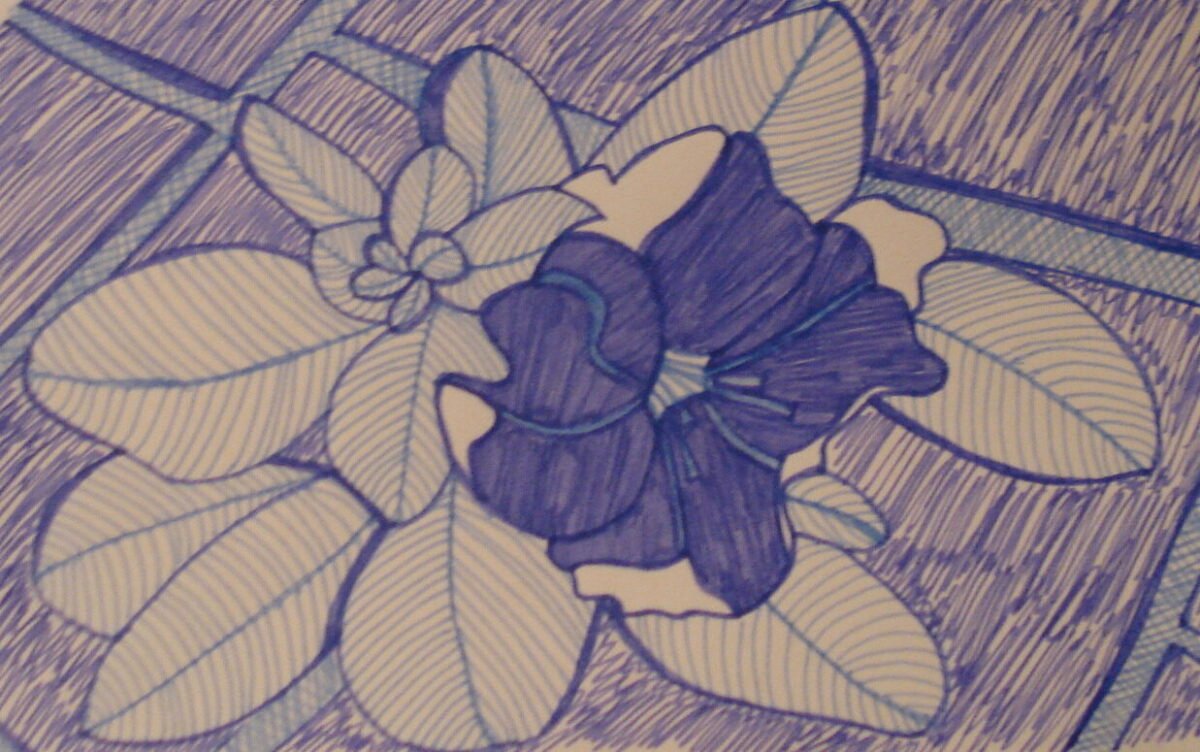
credit: HOLLZD15
Ready to Share Your Work?
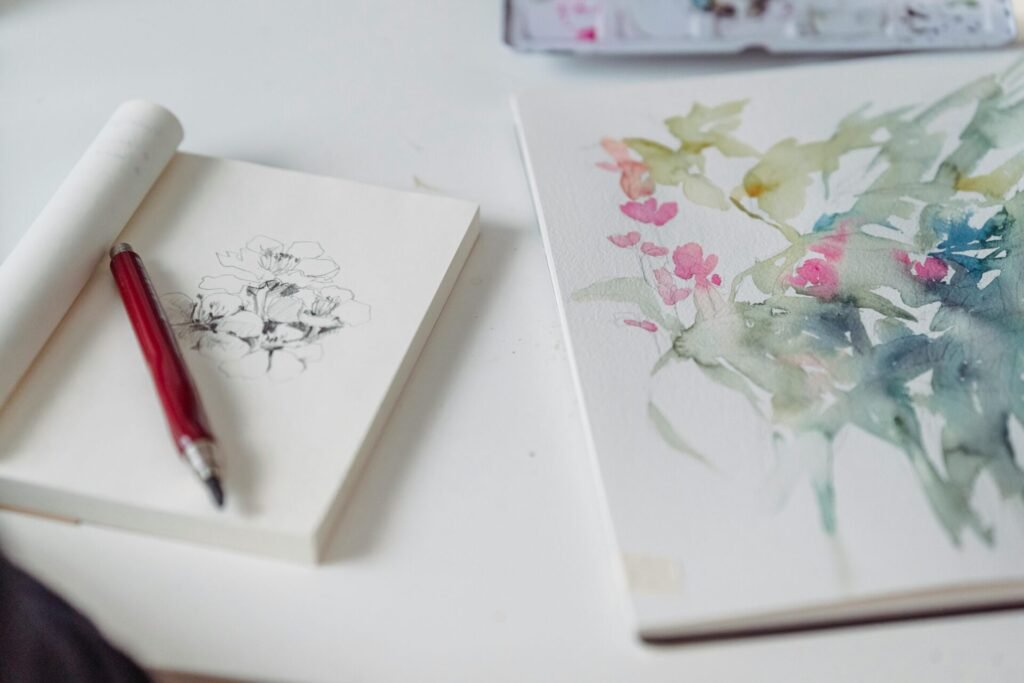
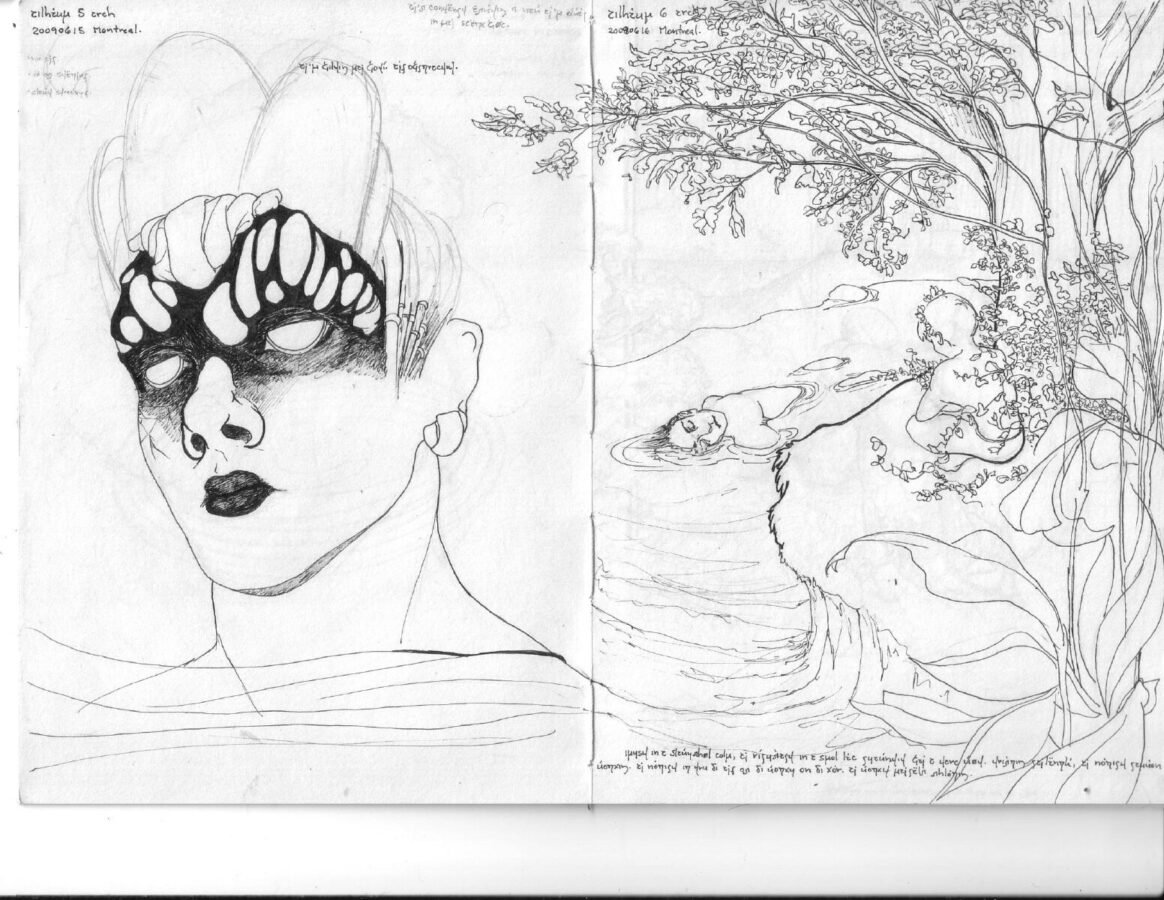
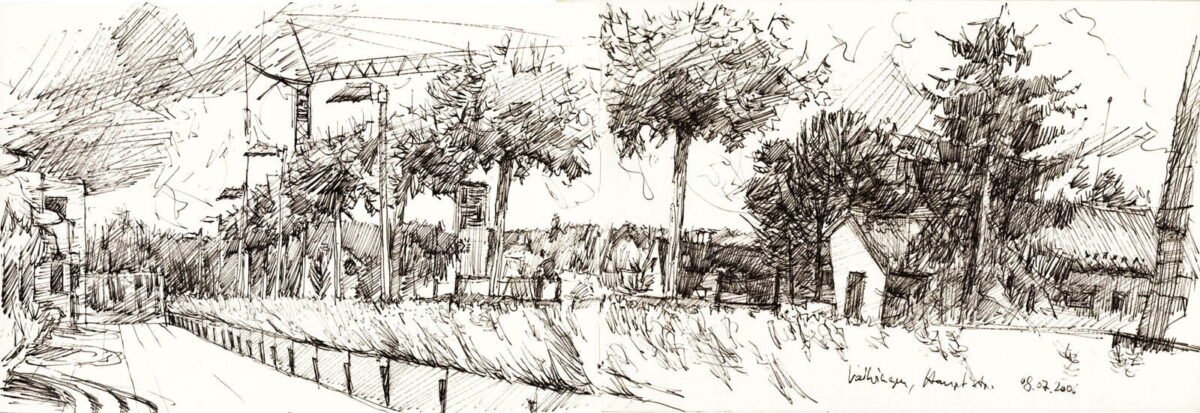

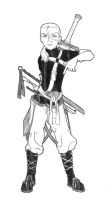
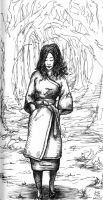






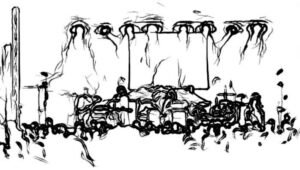
This nudged me to paint from memory instead of photos—big shift in style.
I tried mixing unexpected colors into my floral sketches—it came alive.
Encouraged me to exaggerate scale and viewpoint—finally broke out of symmetry.